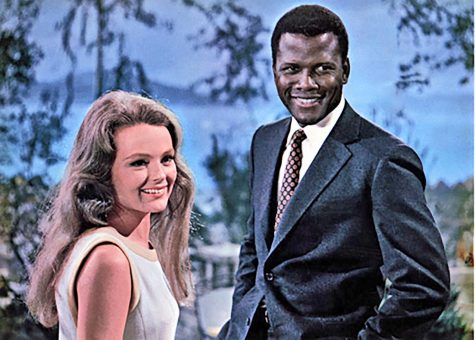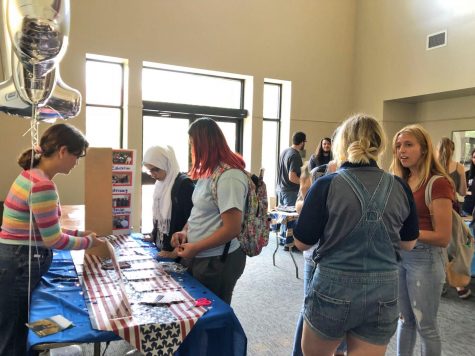Professor’s dog finds calling in search and rescue
Assistant Professor of University Programs Jennifer Dornan, along with her dog, is an active search and rescue volunteer in the Austin area.
Dornan was inspired to join after a personal experience working in the jungles of Belize. When one of her team members went missing, a group of British soldiers training as a Search and Rescue unit in Belize, were able to find the missing man in 30 minutes. The unit was able to track his movements through the forest and brought him to safety.
Upon returning to Austin, Dornan looked into search and rescue teams in the area. She then discovered that her dog was not only capable of, but also interested in, searching for missing persons, and she became a search and rescue volunteer.
The city of Austin has several Search and Rescue organizations, such as Travis County Search and Rescue, Sunset Valley Search and Rescue and Star Flight Search and Rescue. Each organization helps train volunteers and their canine companions.
To become active members of these organizations, individuals must attend practice training and express interest, then they are welcome to train with the organization.
TCSAR is the first team notified in Austin by police officials and fire departments when a person is declared missing. TCSAR immediately contacts members with a text message informing volunteers of the situation. Then the volunteer responds and informs the organization if they are able to help or not.
“I would say I go once a month,” Dornan said. “[I] usually receive two or three texts if it is a bad month. Sometimes you’ll go a couple of months without a message.”
The average search and rescue team is composed of a dog, its handler, and at least two additional volunteers.
If the canine is capable of being trained to search for a missing person, then the dog is qualified to become a search and rescue dog, regardless of breed.
There are two types of search and rescue—Wilderness Search and Rescue and Disaster Search and Rescue.
Wilderness Search and Rescue focuses primarily on seeking missing persons in the wilderness, in places like forests and swamps, situations much like Dornan’s experience in Belize.
Disaster Search and Rescue teams direct their energy to searching for missing persons after a catastrophe or natural disaster.
“For example, all of those search and rescue teams going to Haiti right now—those are disaster search and rescue teams,” Dornan said. “They are trained to work in rubble and collapsed buildings.”
Within these types of rescue programs, there is also a division between the search for live persons and the search for cadavers. The nature of each dog and its handler determines whether the pair will look for dead bodies or live individuals.
“I didn’t want to do cadaver searches, which turns out that fortunately, my dog also likes doing live people instead of cadavers,” Dornan said “Therefore, you can choose to be a cadaver searcher—they are trained specifically to find human remains. Or you can do live search—which is what I do.”
Search and rescue teams are always in need of qualified volunteers. Any persons and their dogs interested in the organization and capable of completing training are accepted as team members.
For more information on volunteering for a local search and rescue program, contact the Travis County Search and Rescue team at [email protected].
FEATURES









